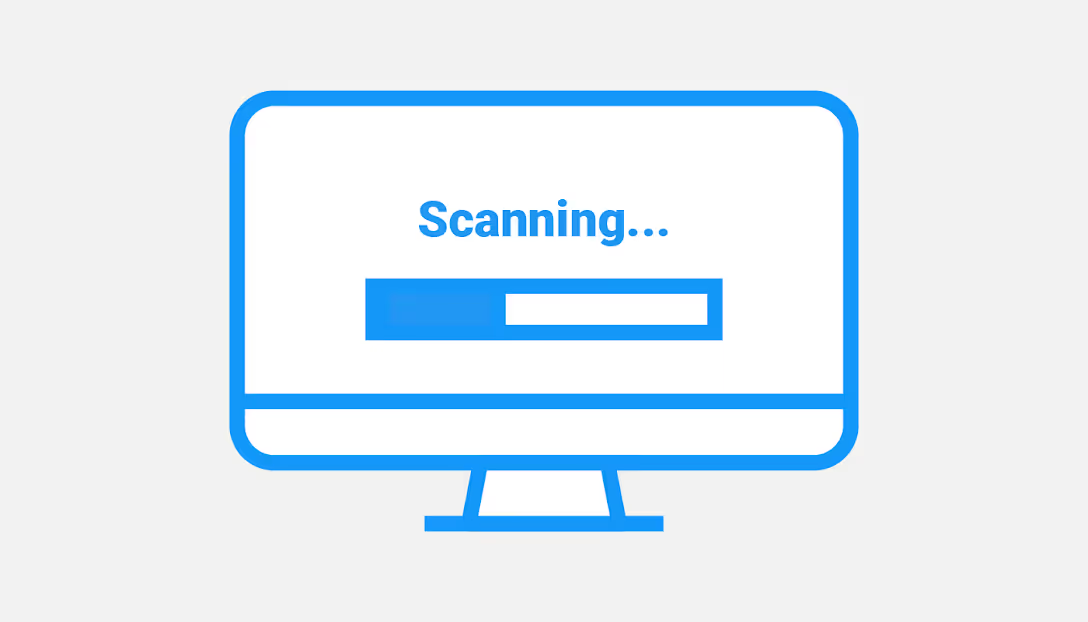External vulnerability scanning is a security practice that involves scanning and assessing the external-facing network infrastructure, systems, and applications of an organization for potential vulnerabilities.

External vulnerability scanning is a security practice that involves scanning and assessing the external-facing network infrastructure, systems, and applications of an organization for potential vulnerabilities. It is a key requirement of the PCI DSS and an important aspect of overall network security.
Here's an overview of how external vulnerability scanning works:
By performing external vulnerability scanning, organizations can proactively identify and address security weaknesses in their external network perimeter, reducing the risk of unauthorized access and data breaches. It helps maintain a secure environment and demonstrates a commitment to protecting sensitive information.
The main difference between internal and external vulnerability scanning lies in the scope and focus of the scanning process.
Both internal and external vulnerability scanning play vital roles in maintaining a secure network environment. By conducting regular scans of both the internal and external infrastructure, organizations can identify and address vulnerabilities from multiple perspectives, enhancing their overall security posture.
ASV stands for “Approved Scanning Vendor.” The Payment Card Industry Data Security Standard (PCI DSS) requirement 11.2.2 calls for regular vulnerability scanning from an ASV.
These are vendors with scanning solutions that have been tested, approved, and added to a list of approved solutions that can help fulfill this PCI compliance requirement. Learn about what qualities to look for in an ASV.
An external vulnerability scan is performed outside of your network (e.g., at your network perimeter), identifying known exploitable weaknesses in a network.
The PCI SSC requires a vulnerability scan to be performed minimally every three months or after any significant network change (i.e., add/remove network device, updates to segmentation rules).
Any Internet-facing connection that processes, stores, or transmits cardholder data. This includes IP addresses that are used in the event of a failover or backup.
Yes, you will still need to validate compliance. There is more to PCI compliance than just the hardware you use. Using tested and secure hardware for credit card processing, viewing, and storing are important aspects of PCI Compliance, but those are only a few.
Credit card information is often compromised through the lack of secure connections and other misconfigured connections to that secure hardware. Scanning will help identify vulnerabilities to be fixed.